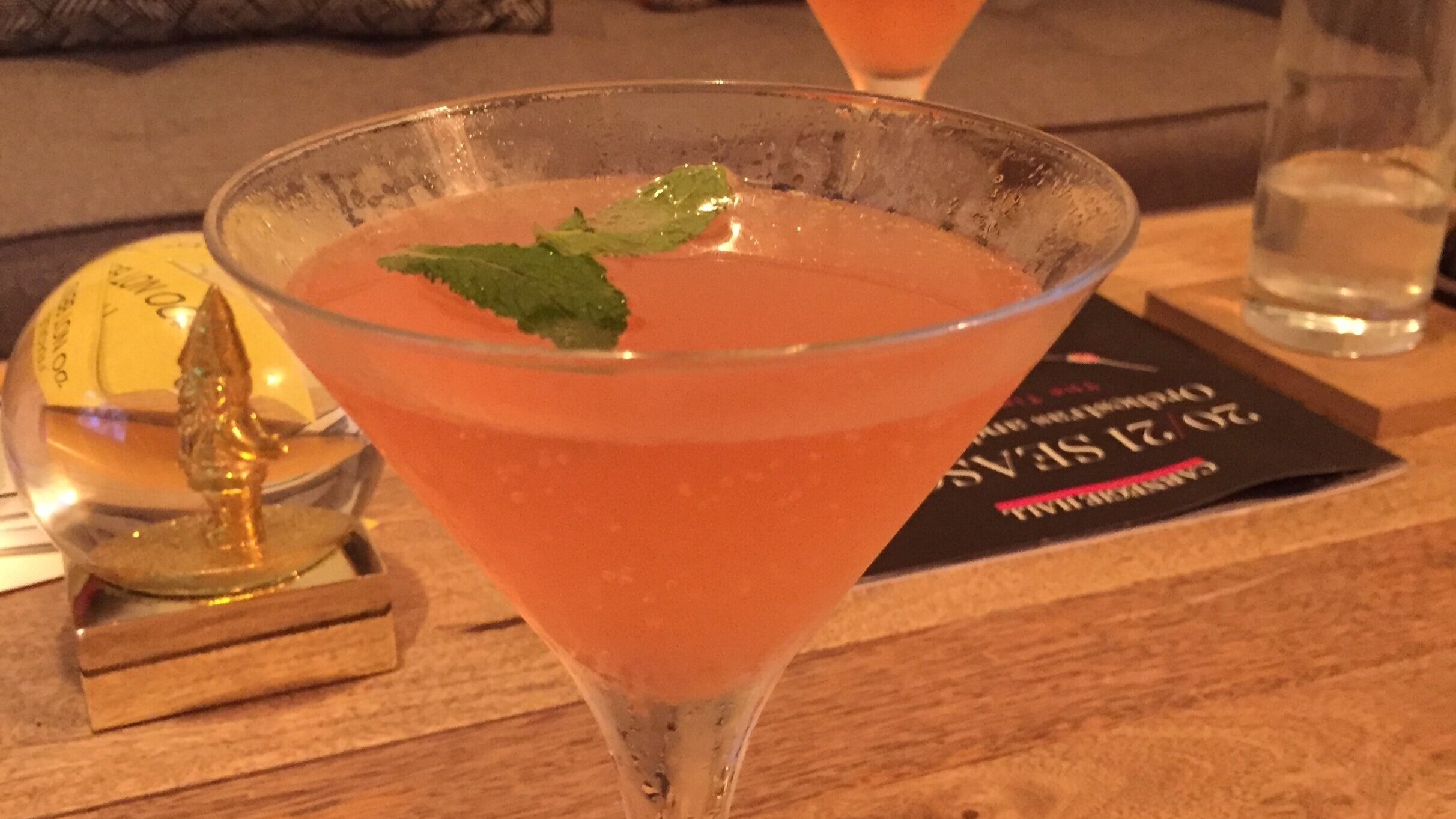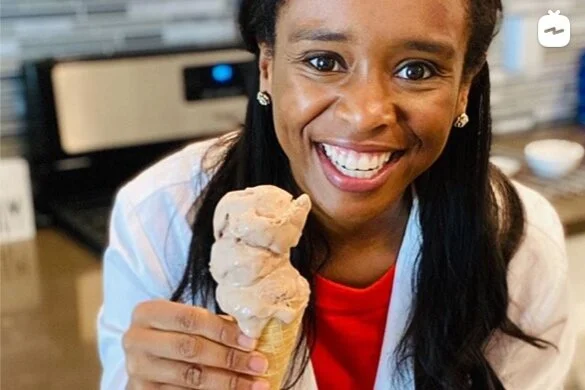Ice Cream $cientist Dr. Maya Warren Gives Us the Scoop II: The Nerdicus $tuff
“You need to want to put ice cream in your body”
Summer, Winter, Spring or Fall… we love our ice cream. We love it so much that we find dairy alternatives to keep up the 20+ liters of it that we eat every year. But, what’s it really all about and who are the peeps in charge of our tasty treats?
Dr. Maya Warren, Food $cientist extraordinaire, gives us The Breakdown in this installment of IWA$ (Interview With a $cientist). She lets us into her cool as ice world in four scoops… The Work, The Nerdicus $tuff, The Path, and The Mix-Ins.
Here is The Nerdicus $tuff where Dr. Warren dips into the chemistry of fats, dairy, and the future of ice cream. Oh, and she explains not getting drunk off Whiskey ice Cream and Brain Freeze.
THE BASICS
JOB TITLE: SR. DIRECTOR OF INTERNATIONAL RESEARCH AND DEVELOPMENT & TASTE MASTER
YEARS IN THE GAME: 11
EDUCATION: PHD FOOD SCIENCE, BA CHEMISTRY
WHO: MAYA WARREN, PHD
WHAT: ICE CREAM SCIENTIST
WHEREABOUTS: COLD STONE CREAMERY, CITY OF ANGELS
Phases & Stages
Chemistry?
Dr. Maya explains that ice cream is made of three parts of chemistry- solid, liquid, gas. The main part consists of fats that help ice cream keep its shape because of fat globules. This is unlike butter, which completely coalesces. In ice cream, fat globules partially coalesce to stay separate and gives us that creaminess. Just like in our diet, the right type of fat matters to make ice cream.
“Two reasons people can’t eat dairy are usually... Lactose and casein whey”
Alternatives?
Dairy is key because, as Dr. Warren explains, 10% or more dairy fat is regulation ice cream in the US. Dairy also differs between countries, for example it tastes different between Ireland and Nairobi, and some countries need to use powdered forms. Egg yolk is also added to ice creams, like Häagen-Dazs, to produce a creamy texture. If texture and taste don’t match up, then it can keep Dr. Warren from a restful sleep.
The Process
Dr. Maya clarified that methods of pasteurizing dairy differ between regions and depends on demand, which changes the taste of the end-product. Some small farms do batch pasteurization, which can lead to cooked-tasting ice cream. The US and NZ are the largest consumers of ice cream, so they need to determine which processing methods are the best to serve the masses.
“Sugar is our best friend”
Dairy, Sugar & Tummies
Dr. Warren gives insight into the two most likely reasons people can’t enjoy real dairy ice cream, how percentage of dairy may cause issues, and the best alternatives based on the chemical activity of fats. Though we have seen some findings on how sugar may disrupt the microbiome, she explains how it is very important in the freezing and taste of the final product. Dr. Warren notes that overrun, the percentage of air in ice cream, is also critical to how much dairy we are eating in our pints. We couldn’t let it slide that the dairy source is important- what the animal eats is important.
$cientific Tidbits
Little gems of knowledge…




































